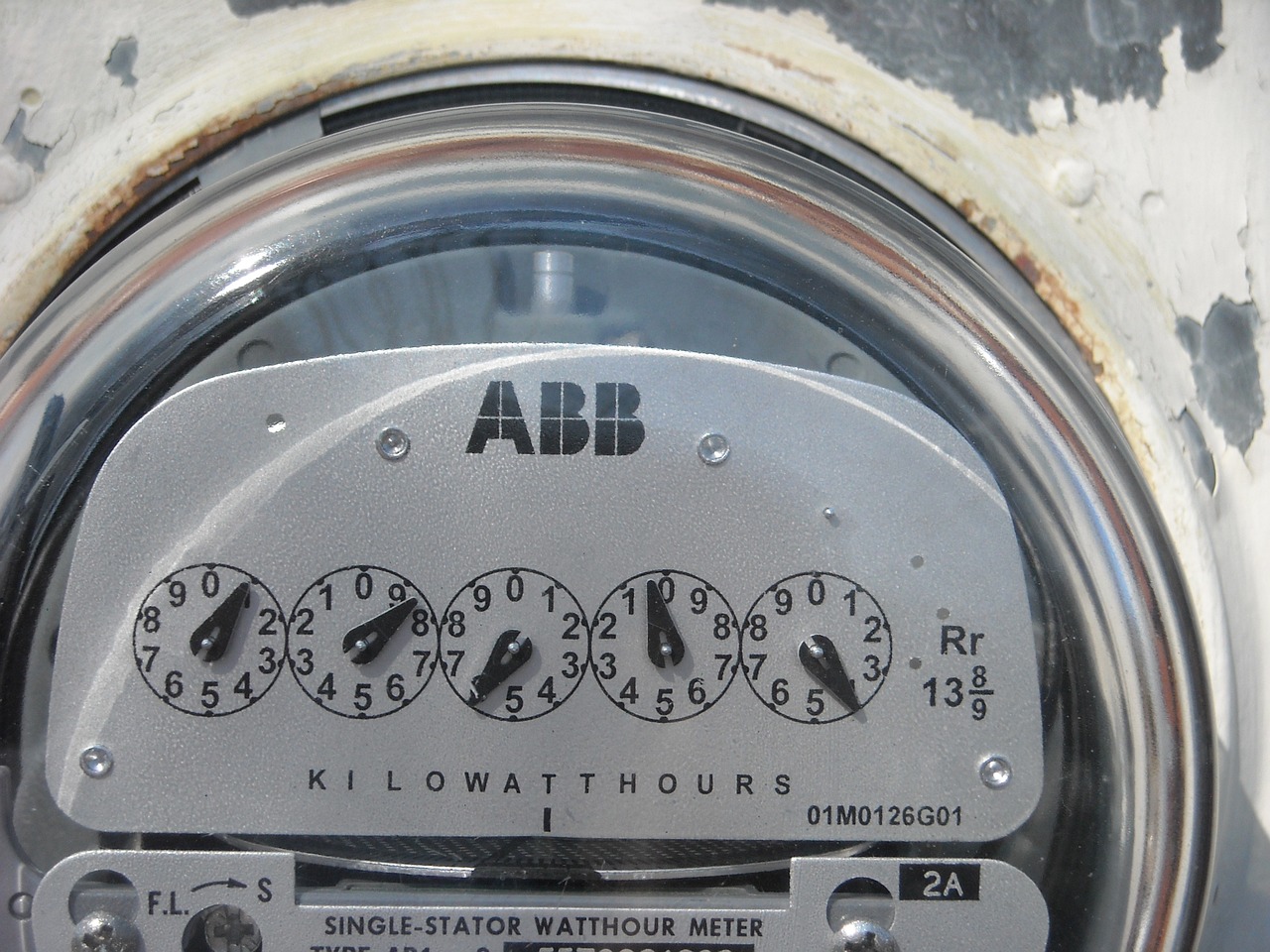485 PLC Controller Wiring: A Comprehensive Guide
This comprehensive guide to 485 PLC controller wiring provides a detailed understanding of the process, including wiring types, configurations, and best practices. The guide covers both basic and advanced wiring techniques, making it suitable for both novice and experienced professionals. Key topics include selecting the right wire, connecting to devices, troubleshooting common issues, and more. Whether you're working on a new installation or troubleshooting an existing system, this guide has everything you need to know to ensure safe, reliable operation.
In the world of industrial automation, PLC (Programmable Logic Controller) technology is paramount. Among the various PLC communication protocols, 485 is particularly popular due to its reliability and efficiency in handling serial data transmission over long distances. This article provides a comprehensive guide to wiring a 485 PLC controller, covering essential aspects from planning to implementation.
1. Planning for 485 PLC Controller Wiring
Before commencing with the wiring, it is essential to plan and prepare. This involves determining the number and type of devices to be connected, the distance between devices, and any specific requirements for power or signal isolation. It is also crucial to consider the layout of the wiring system, including cable types, lengths, and routing. Proper planning ensures efficient use of space, reduces potential for errors, and enhances system reliability.
2. Understanding 485 PLC Controller Terminology

To effectively wire a 485 PLC controller, it is important to understand the basic terminology used. This includes understanding terms like 'master station', 'slave station', 'serial port', 'RS-485', '232', '4-20mA', '0-10V', and 'optoisolation'. Understanding these terms will help in the selection of appropriate cables, connectors, and adapters for the system.
3. Selecting the Appropriate Cables and Connectors
Choosing the right cables and connectors is crucial for the performance and longevity of the 485 PLC controller system. RS-485 communication typically requires balanced, differential signaling, which means that two separate signal wires are used to carry the data signal. Therefore, it is essential to select shielded twisted-pair cables that offer low capacitance and resistance to ensure reliable data transmission over longer distances. Additionally, it is important to choose appropriate connectors that match the interface of the PLC and the devices being connected.
4. Wiring the 485 PLC Controller
When wiring the 485 PLC controller, it is essential to follow the manufacturer's instructions provided in the user manual. This ensures correct connection of power supplies, input signals, output signals, and communication ports. It is also crucial to label each wire and connection point clearly to ensure future maintenance is easier and to minimize the risk of errors. Additionally, it is important to maintain proper grounding and shielding practices to reduce electromagnetic interference and improve signal integrity.
5. Testing and Commissioning the 485 PLC Controller
After completing the wiring, it is essential to test and commission the 485 PLC controller. This involves checking for proper signal levels, continuity, and insulation resistance. Additionally, it is important to perform a functionality test by simulating input signals and verifying the corresponding output responses. If any issues are identified during testing, it is necessary to address them promptly to ensure optimal performance of the system.
6. Troubleshooting and Maintenance
Despite careful planning and implementation, problems may arise in the 485 PLC controller system. Therefore, it is essential to have a troubleshooting plan in place to quickly identify and resolve issues. Common problems include cables coming loose, connectors becoming damaged, or interference from other sources. Regular maintenance checks can help prevent such issues by ensuring that all connections are secure and that cables are in good condition.
In conclusion, wiring a 485 PLC controller requires careful planning, understanding of terminology, selection of appropriate cables and connectors, following manufacturer instructions, testing and commissioning, and regular maintenance. By following these guidelines, engineers and technicians can ensure that their 485 PLC controller systems perform reliably in industrial environments for years to come.
Articles related to the knowledge points of this article:
PLC Camshaft Controller: A Critical Component in Automotive Engines
Customizing Huangshan PLC Controllers: A Detailed Journey
Precision PLC Controller Brands
PLC Stepper Controller Nameplate